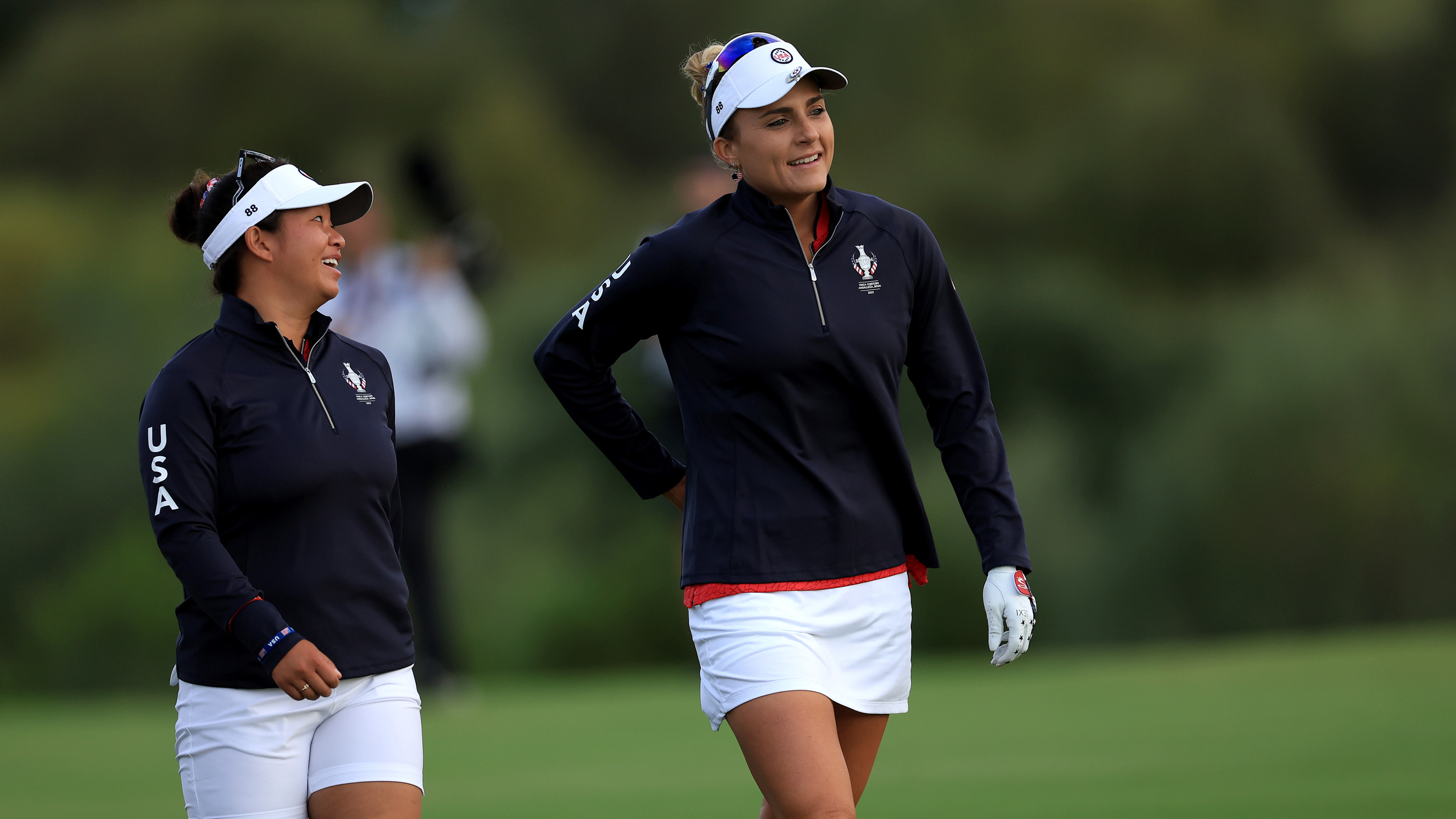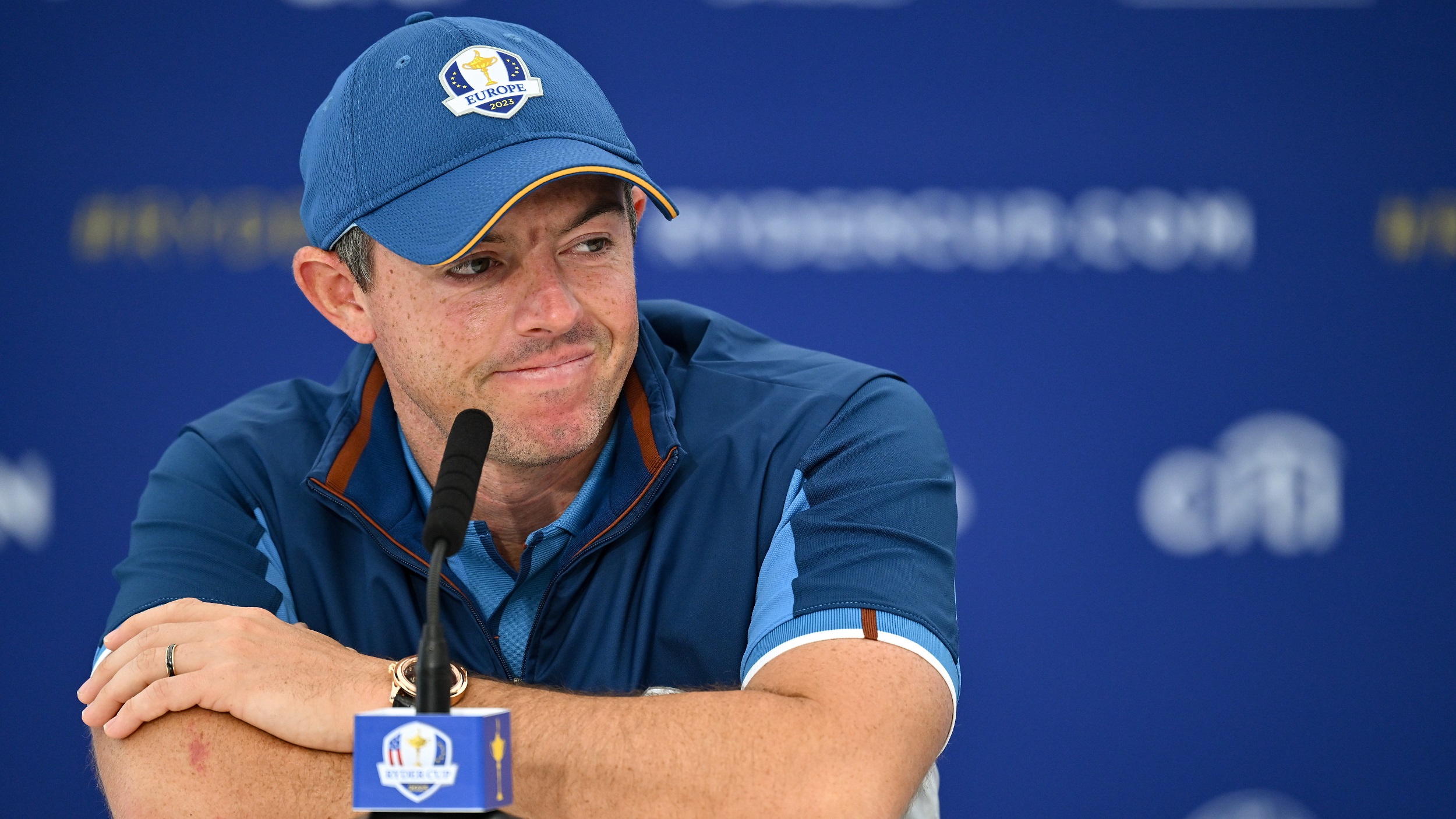
One question on many fans' lips during the Solheim Cup and Ryder Cup is always whose ball is used in foursomes?
It's a big deal as players are so meticulous with their golf ball choice to the extent that it is always the first thing that goes in the bag.
Some players prefer a softer ball or perhaps a more-spinny option, so does that mean that golfers who use the same ball normally play together in the foursomes? Players' ball choice can influence foursomes pairings, but not always.
Well, just because players use the same manufacturer and type of golf ball doesn't necessarily mean that they will work well together.
Players may prefer to be paired with someone using a different manufacturer's golf ball in the Solheim and Ryder Cup because although they are different manufacturers, the balls themselves may have similar characteristics.
This used to be a bigger issue pre-2006, because in 2006 foursomes partners were allowed to change to a different golf ball, and crucially a different compression, on each hole.
This means that in foursomes a player usually hits their partner's ball off the tee on par 4s to give their partner the chance to hit their own ball into the green, because there isn't as much difference seen in tee shots compared to how the ball flies on iron shots and reacts when it lands.
This allows the player to be more precise with their iron shots and hit them with more confidence, knowing how far the ball will travel and which window it will fly in and how much spin it will have.
Rory McIlroy spoke about this ahead of the 2023 Ryder Cup.
"I think all these golf balls react pretty similar with a driver. It's more the iron shots and around the greens," he said.

"If I'm playing with a guy that uses a different golf ball, I can just hit his golf ball off the tee. He's able to hit it into the green and we go from there. Vice versa; he can hit my golf ball off the tee, and I can hit my ball into the green and do that.
"Yeah, it can get a little tricky and you're chipping and putting and different feels of balls. I think a couple of days, hitting some, getting numbers with that golf ball. Spin rates is a big thing. Especially in the wind gets up in some of these elevations. Just if you're into the wind, and, say, the other golf ball minutes 200 or 300 more RPMs more than your golf ball, that makes a huge difference into the wind.
"So just trying to get comfortable with that in some ways and trying to be mindful of it."
A big issue prior to the 2006 rule change was at the 2004 Ryder Cup at Oakland Hills where Tiger Woods and Phil Mickelson were paired together in foursomes.
Woods, famous for playing a spinny ball, and Mickelson, who played a model that spins less, had to figure out a way of getting the best results from a not-ideal situation.
The pair couldn't switch between balls on each hole so went with Tiger's Nike ball because Woods couldn't get on with Mickelson's. That meant Mickelson had to 'learn' it just two days before the event... It didn't go well.
“I grabbed a couple dozen of his balls, I went off to the side, and tried to learn his golf ball in a four-or five hour session on one of the other holes, trying to find out how far the ball goes," Mickelson said.
"It forced me to stop my preparation for the tournament, to stop chipping and putting and sharpening my game in an effort to crash-course learn a whole different golf ball that we were going to be playing.
“And in the history of my career, I have never ball-tested two days prior to a Major. I’ve never done it. Had we known a month in advance, we might have been able to make it work. I think we probably would have made it work. But we didn’t know until two days prior."
They lost 1 down to Darren Clarke and Lee Westwood. That was the last match they played together.
We also saw Lefty testing one of Bryson DeChambeau's Bridgestones prior to the 2018 Ryder Cup.
Another issue surrounding golf balls in foursomes at the Ryder Cup came in 2010 at Celtic Manor, when Rickie Fowler dropped a Titleist Pro V1x on the 4th hole whilst playing with Jim Furyk after the pair found trouble.
The problem was that the duo began the hole playing Furyk's Srixon Z Star-X, meaning they were forced to concede the hole.
They lost the hole and ultimately halved the match with Lee Westwood and Martin Kaymer.
USA went on to lose the trophy by a single point.







